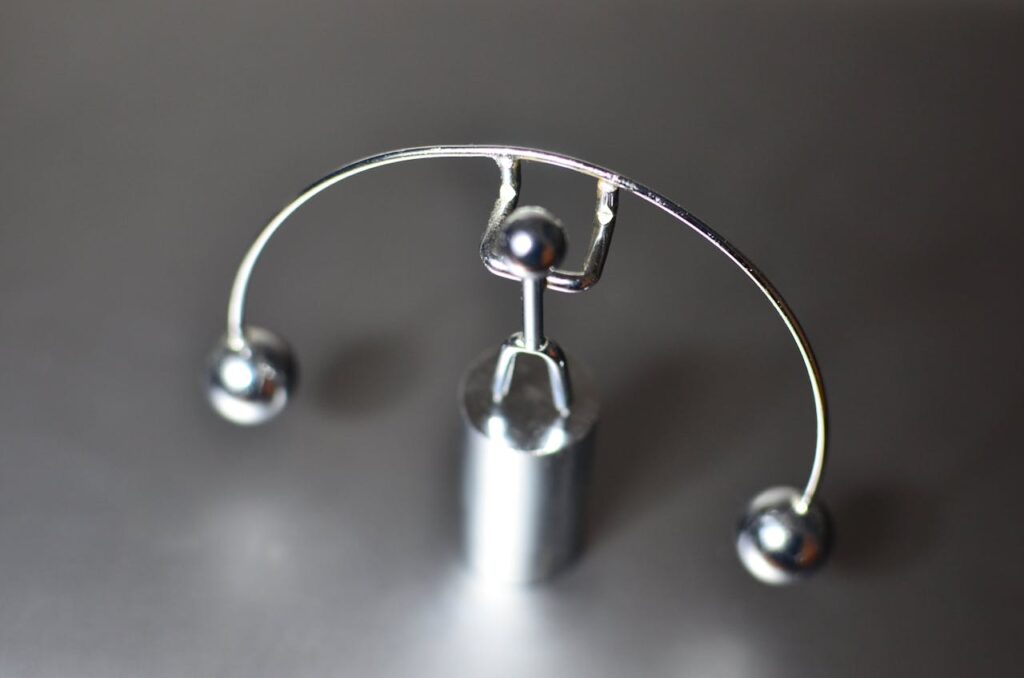Designing support steel for an Allgaier tumbler screen is a critical task that ensures the stability and efficiency of the screening process. Tumbler screens are used for precise separation and screening of bulk materials, and proper support is essential to maintain performance and longevity. In this blog post, we’ll guide you through the process of designing effective support steel for an Allgaier tumbler screen.
Understanding the Allgaier Tumbler Screen
The Allgaier tumbler screen is a high-performance screening machine designed for bulk material separation with precision. It operates based on a tumbling motion that ensures thorough screening of materials across multiple screens.
Key Features: The tumbler screen is known for its gentle yet effective screening action, which minimizes the degradation of materials and ensures accurate separation based on size and shape.
Why Support Steel is Crucial
Support steel plays a vital role in stabilizing the tumbler screen and ensuring its optimal performance. It helps distribute the load evenly, reduces vibrations, and prevents excessive wear and tear on the equipment.
1. Load Distribution
The support steel framework is designed to evenly distribute the weight of the tumbler screen and the materials being processed. Proper load distribution helps prevent structural strain and potential failures.
Design Consideration: Ensure that the support steel is capable of handling both the static load (weight of the screen and materials) and dynamic loads (vibrations and movement during operation).
2. Vibration Reduction
Tumbler screens generate vibrations during operation, which can affect the stability of the entire system. Support steel helps mitigate these vibrations, reducing the risk of equipment damage and prolonging the lifespan of the screen.
Vibration Control: Incorporate vibration-damping materials or design features that absorb and dissipate vibrations effectively.
Designing Support Steel for the Tumbler Screen
Designing support steel involves several key considerations to ensure that it meets the operational and structural requirements of the Allgaier tumbler screen.
1. Determine Load Requirements
Begin by calculating the total load that the support steel must bear. This includes the weight of the tumbler screen itself, the maximum material load, and any additional equipment or components attached to the screen.
Load Calculation: Use manufacturer specifications and industry standards to determine the weight and load distribution requirements for your specific tumbler screen model.
2. Select Appropriate Materials
Choose high-strength materials for the support steel to ensure durability and stability. Common materials include structural steel, galvanized steel, and stainless steel, depending on the environmental conditions and requirements of your application.
Material Selection: Consider factors such as corrosion resistance, load-bearing capacity, and ease of fabrication when selecting materials for the support steel.
3. Design the Framework
Create a detailed design of the support steel framework, including dimensions, connection points, and structural supports. The framework should be designed to accommodate the tumbler screen’s dimensions and mounting requirements.
Framework Design: Use engineering software or consult with structural engineers to create accurate and detailed design plans for the support steel framework.
4. Incorporate Vibration Dampening
To address the vibrations generated by the tumbler screen, incorporate vibration dampening features into the support steel design. This may include shock absorbers, isolation pads, or flexible mounts.
Dampening Features: Ensure that the vibration dampening solutions are integrated effectively into the support steel design to minimize the impact on equipment and structure.
Installation and Maintenance
Proper installation and regular maintenance of the support steel are essential for ensuring long-term performance and safety.
1. Installation Best Practices
Follow best practices for installing the support steel framework, including proper alignment, secure fastening, and verification of load distribution. Ensure that all components are installed according to the design specifications.
Installation Tips: Work with experienced technicians or engineers to oversee the installation process and address any issues that may arise.
2. Regular Maintenance
Perform regular inspections and maintenance on the support steel to check for signs of wear, corrosion, or structural issues. Address any maintenance needs promptly to prevent potential failures.
Maintenance Schedule: Establish a routine maintenance schedule and keep detailed records of inspections and repairs to ensure ongoing reliability.
Conclusion
Designing support steel for an Allgaier tumbler screen requires careful consideration of load distribution, material selection, framework design, and vibration control. By following the outlined steps and working with qualified professionals, you can create a robust support system that enhances the performance and longevity of your tumbler screen.
For more information on designing and installing support steel for your screening equipment, or to consult with experts in the field, feel free to contact us. We’re here to help you ensure that your tumbler screen operates efficiently and effectively.

